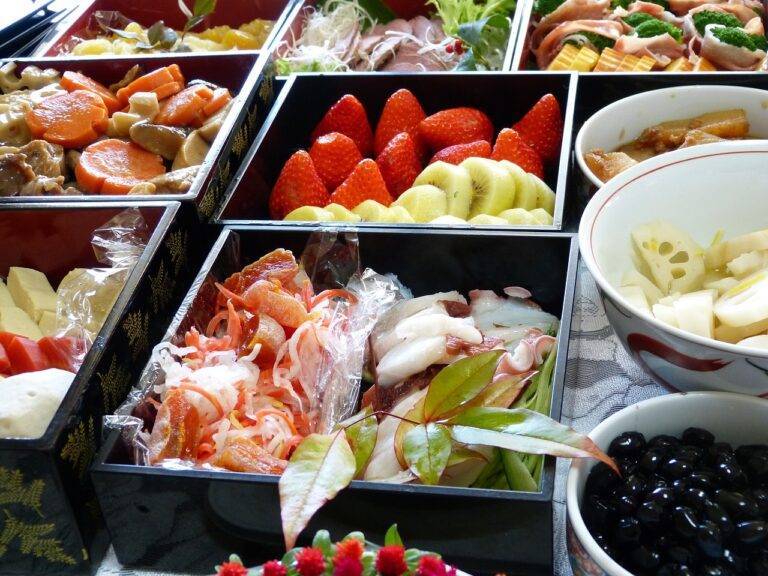The Impact of Food Delivery Apps on Restaurant Businesses
Restaurants today encounter a myriad of challenges that impact their operations and profitability. One significant issue is the rising costs of ingredients and overhead expenses, making it difficult for many establishments to maintain competitive pricing while still ensuring quality food and service standards. This financial strain often forces restaurants to make tough decisions, such as cutting back on staff or menu options, which can ultimately affect the overall customer experience and retention rates.
In addition to financial pressures, restaurants also grapple with the constantly evolving dietary preferences and demands of consumers. With an increasing focus on health and wellness, establishments are challenged to offer more diverse and nutritious options on their menus, while still catering to those with specific dietary restrictions or preferences. This shift in consumer behavior requires restaurants to constantly adapt and innovate their offerings to stay relevant and appeal to a wider customer base, further adding to the complexities faced in the competitive food industry.
Increased Competition in the Food Industry
Navigating the food industry is becoming more challenging as competition continues to intensify. With new restaurants constantly emerging and existing ones constantly innovating, attracting and retaining customers has become a battle for survival. The pressure to stay relevant and stand out in a saturated market is forcing food establishments to constantly step up their game and deliver exceptional dining experiences.
Restaurateurs are facing the reality that simply offering good food is no longer enough to thrive in today’s competitive landscape. Factors such as ambience, service quality, pricing strategies, and digital presence are now equally crucial in staying ahead of the competition. As diners have more options than ever before, food businesses must carefully strategize and differentiate themselves to capture the attention and loyalty of customers in this cutthroat environment.
Changing Consumer Behavior
Consumer behavior is a dynamic aspect that significantly impacts the restaurant industry. As trends and preferences evolve, consumers are becoming more mindful of what they eat and where their food comes from. This shift towards healthier options and sustainable practices is prompting restaurants to reevaluate their menus and sourcing strategies to meet the changing demands of their clientele.
Moreover, the rise of social media platforms has magnified the influence of food bloggers and online reviews on consumer decision-making. Customers now rely heavily on digital platforms to explore new dining options, read reviews, and share their own experiences. This digital age has presented both opportunities and challenges for restaurants as they strive to maintain a positive online presence and resonate with tech-savvy consumers.





